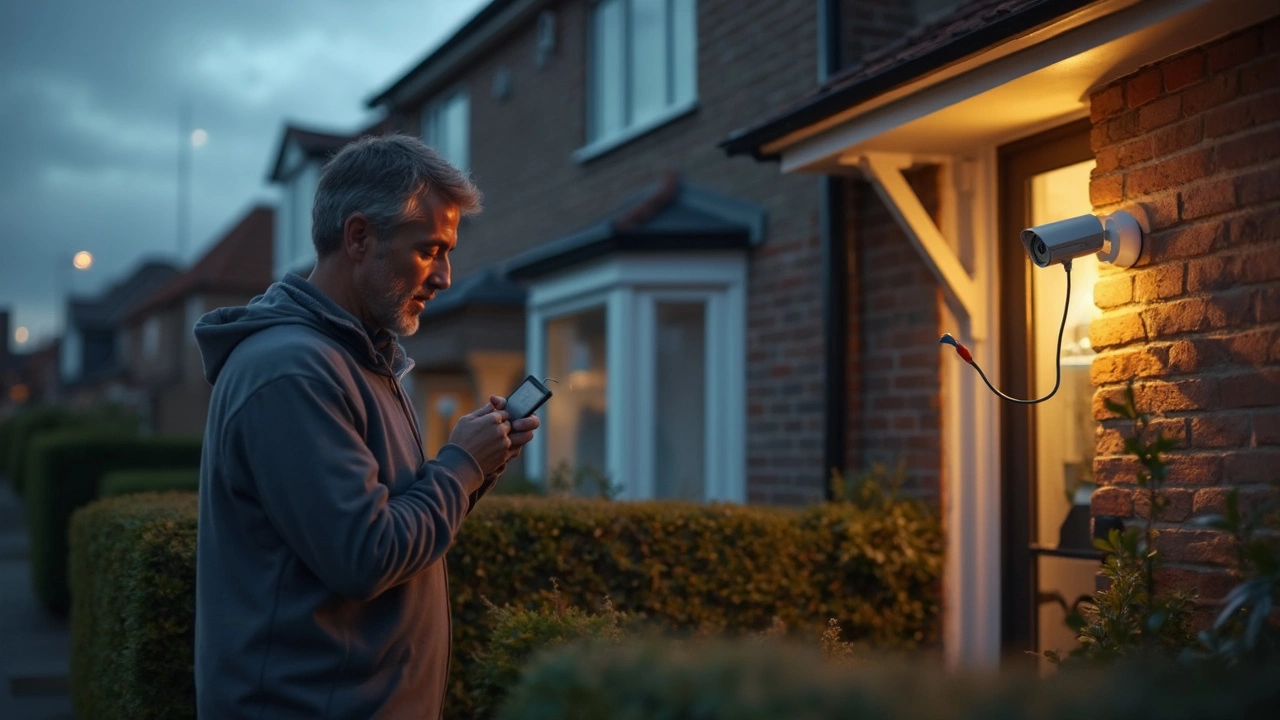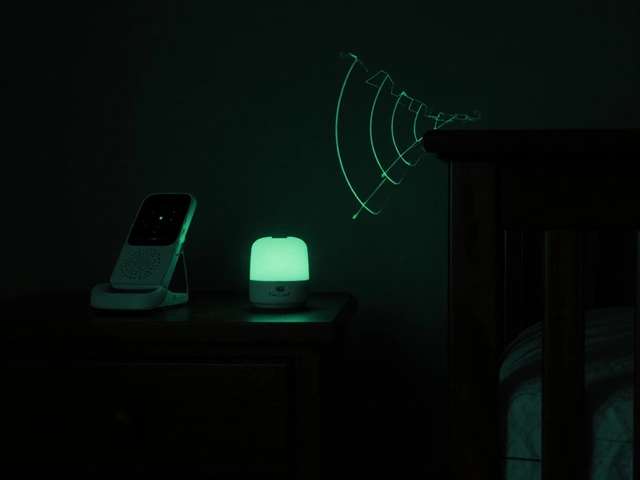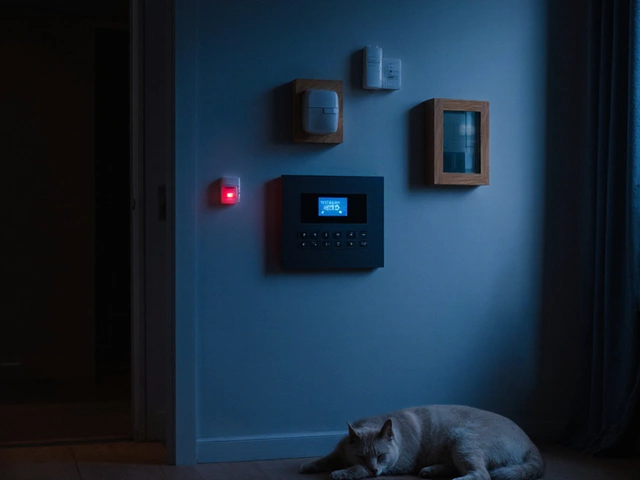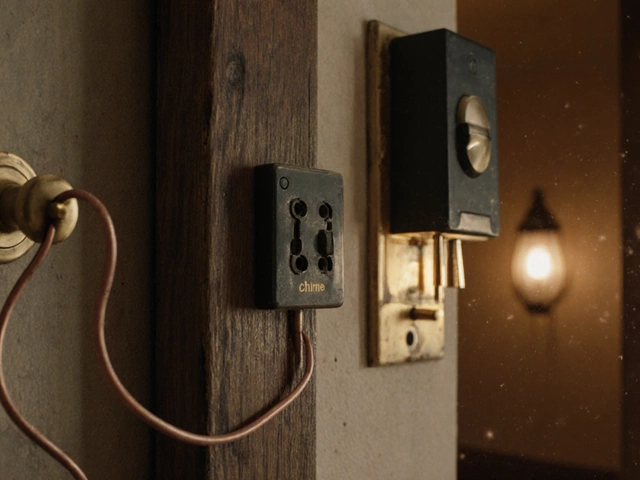Security Kit: Your Simple Guide to Full‑Home Protection
Thinking of stepping up your home safety but not sure where to start? A well‑rounded security kit can give you peace of mind without breaking the bank. Below you’ll find the exact pieces you need, why they matter, and how to pick the right ones for a typical UK house.
Core components of a security kit
1. Main alarm panel. This is the brain of the system. Choose a panel that works with both cellular and Wi‑Fi so you stay covered even if the internet drops. Look for easy‑install models that let you add devices later without rewiring.
2. Door and window sensors. Magnetic contacts are cheap and reliable. Install them on every entry point – front door, back door, ground‑floor windows, and any side doors. They’ll alert you the moment a seal is broken.
3. Motion detectors. PIR sensors are the most common, but you might want dual‑tech (PIR + microwave) for extra protection against pets triggering false alarms. Place them in high‑traffic rooms like hallways and living rooms.
4. Security cameras. A mix of indoor and outdoor cameras gives you visual verification. For outdoors, pick a model with night vision and weatherproof rating (IP66). Indoor cameras should have a wide field of view and optional privacy masks.
5. Smart doorbell. Video doorbells like the Ring or a wired smart doorbell let you see who’s at the door from your phone. If you’re on a budget, a battery‑powered version works fine, just remember to check the battery life – most last 6‑12 months.
6. Siren and strobe. A loud siren (110‑120 dB) and flashing light scare off intruders and alert neighbours. Mount it near the alarm panel for a clear signal.
Choosing the right gear for UK homes
UK houses often have older wiring, so go for a kit that offers both wired and battery‑operated options. A wireless alarm system means you’ll avoid drilling into walls, but make sure the battery backup lasts at least 48 hours.
Check the voltage of your doorbell transformer if you plan to install a wired smart doorbell – most UK homes use 12‑24 V. If you’re unsure, a professional can measure it quickly.
When picking cameras, verify they work on the 2.4 GHz band, which has better range through walls than 5 GHz. Also, choose a model with local storage (microSD) in case the cloud service is down.
For monitoring, many providers (including ADT and local alarm firms) charge a monthly fee. Compare what’s included – professional response, app alerts, and cloud video storage – and decide if you need the extra cost.
Finally, think about integration. If you already have a smart speaker or lighting system, pick a kit that talks to Alexa or Google Assistant. Voice control makes arming and disarming a breeze.
Putting all these pieces together creates a “security kit” that works as a single, cohesive system. Test each component after installation, set up daily or weekly health checks in the app, and you’ll have a reliable safety net that many burglars will think twice about.
Ready to start? Write down the rooms you need to cover, match them with the components above, and shop for reputable UK brands. You’ll soon have a custom security kit that fits your house, budget, and lifestyle.






